Welcome to January, the bleakest of months the darkness, the weather, and the bills arriving after that little extravagance at Christmas. And that was just in the good times. This year the economic and trading situation is likely to be the worst in most of our lifetimes, and the forecourt retail industry isn’t immune to the malaise affecting the rest of the country. There will be some retailers out there who’ll be taking a look at their trading figures, and then looking at their bank position and wondering just how they can possibly get through the next few weeks, before the bank manager calls them in for a chat.
This really is a time when many business owners start to panic. Every accountant will remember the phone calls that come out of the blue, from people who’ve suddenly realised that they’re about to run into a financial brick wall. Words like ’receivership’ and ’bankruptcy’ get bandied about but it doesn’t have to be like this. Difficult as it is when it’s your business that’s in trouble, a calm and dispassionate look at individual circumstances can sometimes provide an answer. It may be no more than a ’soft landing’, and occasionally even that may be hard to achieve, but there can be ways out of the mess.
The Recovery Plan
Last month we looked at business plans from the perspective of someone starting or expanding a business. It shouldn’t come as a big surprise that exactly the same process applies when a business is struggling, and needs to convince existing lenders (or trade creditors) that, with a bit of patience and co-operation, their money is safe.
A credible business plan can buy that co-operation and some time, as well as steering the business through the tough choices that may need to be made. It has the advantage of also staying below the radar as far as your public credit history is concerned. As before, you really need to know just where you are now, before planning how to get out of the mess. That means having up-to-date trading information and a recent balance sheet.
Starting with the current position, you’ll need to have a reasonable idea of future income in other words, sales and margins. From there, you can begin to look at costs: what is controllable and what isn’t. You may need to make redundancies, and they can involve costs before producing any savings and don’t forget to adjust your own drawings/salary to a realistic level. With your business plan and cash flow forecast you’ll have a good idea of how much support you’ll need from the bank or other creditors, and you should be much better placed to show them when you’ll be able to start repaying them properly. But what if the business plan just proves that you’re in such a mess that it’ll take years (if ever) before you can get out of it? Well, then it’s time to look for a more formal route out.
A Company Voluntary Arrangement (CVA)
A CVA is the corporate equivalent of a personal Individual Voluntary Arrangement (IVA). It is a formal, legally binding arrangement between the struggling business and its creditors to structure repayment terms so that the creditors can be reasonably confident of getting at least some of their money back and the business continues to trade.
Basically your creditors are given a choice accept that they will only receive part of what is owed, or take their chances of collecting something if the business stops altogether. Usually the latter option is less palatable and far less predictable. A CVA often results in a considerable proportion of the debts being written-off, and interest payments frozen. It can also allow the business to terminate lease agreements and employment contracts. Usually the CVA is structured over a five-year period, and provided that the terms have been adhered to, the business emerges reasonably intact at the end. However, this process is not without consequences. It has to be administered by a licensed insolvency practitioner who will charge for the service over the period of the CVA. It also leaves a public record on your business’ credit history. And if the creditors don’t buy into this? In that case things get more formal still.
Administration
Administration is the modern equivalent of what used to be called ’receivership’.
An administrator (again, this has to be a licensed insolvency practitioner) can be appointed by the owners of the business, but more commonly by a major creditor. This is typically the bank which may have secured some of its lending on the business’ assets.
The administrator will effectively run the company while assessing its future prospects of recovery. The outcome could be a CVA or, if the situation is beyond rescue, either a sale of the business (assuming that a buyer can be found) or liquidation. This is where the business stops and is ’wound up’, with any remaining assets being sold bit-by-bit to give some of the creditors some of the money that they’re owed. The end process is what many people still associate with and mean by the word ’bankruptcy’. However, businesses can and do survive administration. Apart from protecting the business from legal action by other, less patient creditors, sometimes the simple discipline of having an experienced external ’manager’ involved day-to-day can help to eliminate wastage and other bad habits that the owners had allowed to continue for years.
The basic message here is twofold. Firstly you need to have a sound knowledge of your business’ financial position almost day to day.
Secondly, when that financial position starts to ring alarm bells, you need to be proactive.
Don’t wait for your creditors to start acting against you seek professional advice and prepare your fight back first. Financial recovery may be hard, but it doesn’t need to be humiliating or chaotic, so don’t despair.





















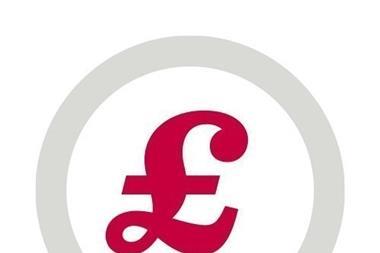
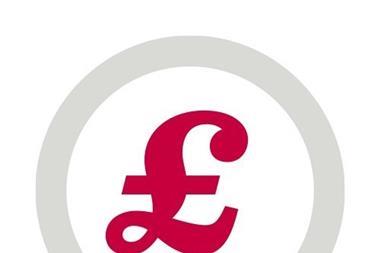
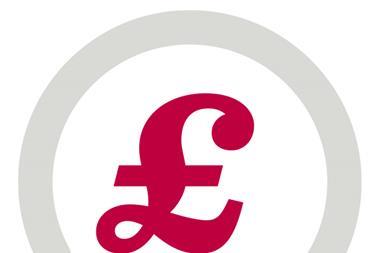
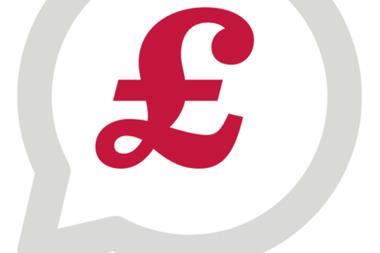
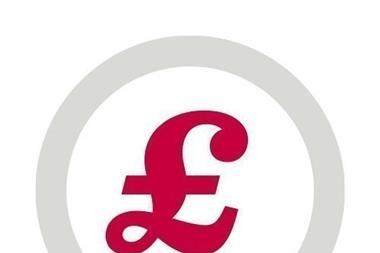

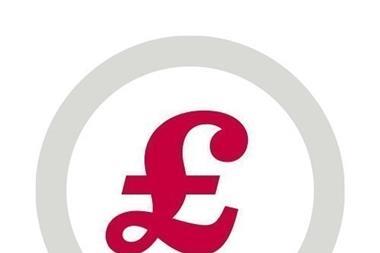
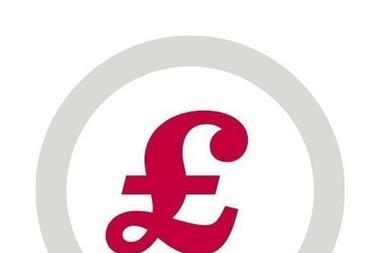
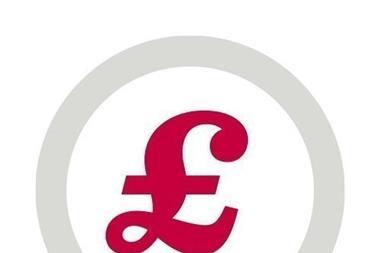
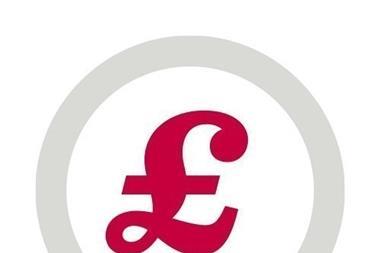
No comments yet